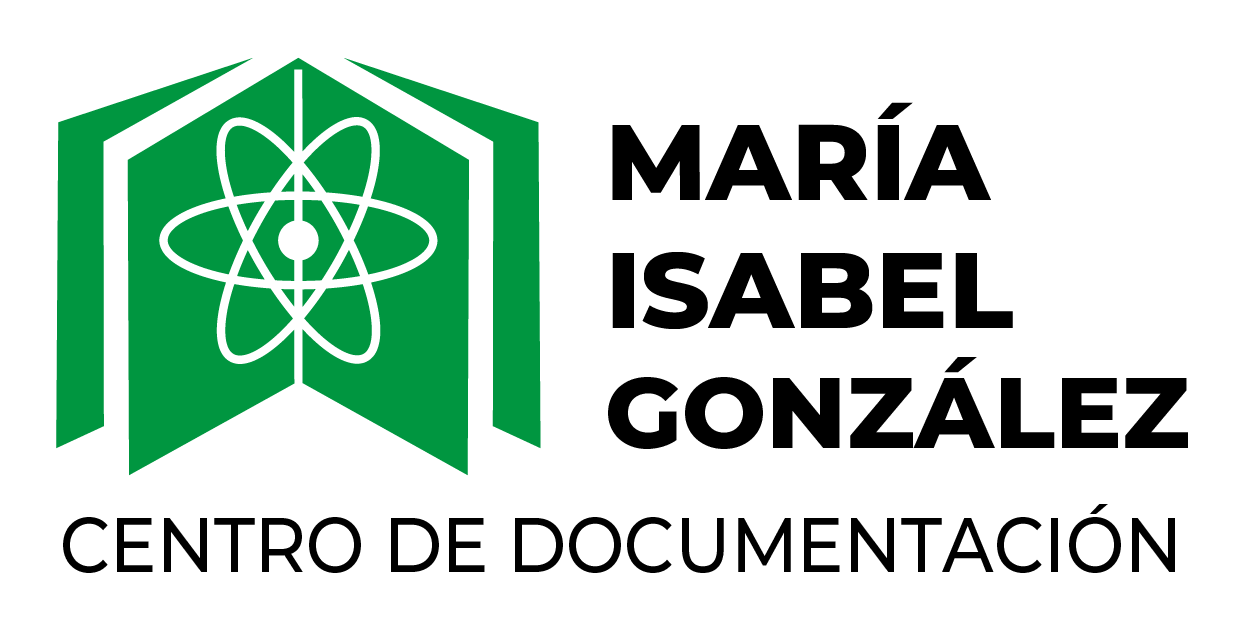Estudio de la precipitación de fase Heusler Fe2AlV en aleaciones ternarias Fe-Al-V.
Material type: Computer filePublication details: 2013.Description: 75 pOther title:
Computer filePublication details: 2013.Description: 75 pOther title: - Study of the precipitation of the Heusler phase (Fe2AlV) in ternary alloys Fe-Al-V [Parallel title]
| Item type | Home library | Call number | Status | Barcode | |
|---|---|---|---|---|---|
|
|
Centro de Información Eduardo Savino | IS/T--138/13 (Browse shelf(Opens below)) | Not for loan | IS/T--138/13 |
Cantidad de ejemplares: 1
Tesis para optar al título de Magister en Ciencia y Tecnología de Materiales. Director/es: Rubiolo, Gerardo; Alonso, Paula Regina
Aleaciones basadas en Fe-Al, esto es, aleaciones que contienen cualquiera de las estructuras desordenada A2 alfa(Fe,Al), ordenada B2 FeAl u ordenada DO3 Fe3Al como fase mayoritaria, tienen un potencial considerable para el desarrollo de materiales para aplicaciones estructurales. Sin embargo, su insuficiente resistencia a la termofluencia ha sido un obstáculo para su uso en altas temperaturas. La adición de un tercer aleante (Nb, Ti, Zr ó Ta) ha conseguido aumentar su resistencia a altas temperaturas, por ejemplo hasta 800 grados C, pero a costa de baja ductilidad. Con el fin de explorar más a fondo posibilidades de incrementos en la resistencia y ductilidad de las aleaciones basadas en Fe-Al, este trabajo investiga aleaciones del sistema Fe-Al-V. El objetivo general ha sido diseñar y caracterizar una aleación ferrítica base Fe-Al endurecida por precipitación coherente de una fase tipo Heusler (L21) de composición Fe2AlV. Mediante una valoración semiempírica sobre el equilibrio de fases en el rincón rico en hierro del sistema ternario se definió que las aleaciones de interés estarían localizadas sobre la sección de composición Fe1-2XAlXVX. Con esa relación composicional, varias aleaciones hasta x = 0,15 se fundieron por arco. Las transformaciones de fases de orden-desorden y las separaciones de fases en la sección vertical Fe1-2XAlXVX entre 650 y 1100 grados C fueron estudiadas sistemáticamente con calorimetría diferencial de barrido (DSC) y microscopía electrónica de transmisión (TEM). Se encontró que las aleaciones en fase A2 metaestable se endurecen de forma lineal al aumentar el contenido de aleantes (Al y V) de acuerdo con la teoría de endurecimiento por solución sólida sustitucional. Con valores de durezas de 200HV para composiciones X=0,08 y hasta 360HV en X = 0,15. Se ha demostrado que existe un campo (A2+L21) de precipitación coherente para las composiciones de 0,1 menor o = X menor o = 0,15 y hasta 700 grados C. El endurecimiento por precipitación duplica la dureza de las aleaciones mantenidas como fase A2 en un estado metaestable, alcanzando durezas del orden de 480-670HV para el envejecimiento durante 2 horas a temperaturas entre 650 y 700 grados C.
Fe-Al-based alloys, i.e. alloys which contain either disordered A2 alpha(Fe,Al), B2-ordered FeAl or D03-ordered Fe3Al as majority phase, have a considerable potential for developing materials for structural applications. However, insufficient strength and creep resistance have been obstacles for the use of Fe-Al-based alloys at high temperatures. The addition of a third alloying element (Nb, Ti, Zr or Ta) has successfully increased its resistance to high temperatures, for example up to 800 C degrees, but at the cost of low ductility. In order to further explore the possibilities in increasing their strength and ductility, this research addresses the study of alloys in the Fe-Al-V system. The overall objective was to design and characterize a ferritic Fe-Al based alloy hardened by coherent precipitation of a Heusler (L21) type phase with Fe2AlV composition. By using a semi-empirical assessment of the phase equilibria in the iron-rich corner of the ternary system it was defined that the alloys of interest would be located on the composition section Fe1-2xAlXVX. With that compositional relationship, several alloys up to x=0,15 were melted by arc. The order-disorder phase transformations and the phase separations in the vertical section Fe1-2xAlXVX, between 650 and 1100 C degrees, were systematically studied by differential scanning calorimetry (DSC) and transmission electron microscopy (TEM). It was found that the alloys in metastable A2 phase harden approximately linearly with increasing alloy content (Al and V) according to substitutional solid solution hardening theory. With a hardness of 200HV for compositions x = 0,08 and up to 360HV at X = 0,15. It has been shown that there is a field (A2+L21) of coherent precipitation compositions of 0,1 minor or = X minor or = 0,15 and up to 700 C degrees. The precipitation hardening doubles the hardness of alloys maintained as A2 phase in a metastable state, reaching hardness of 480-670HV for aging during 2 hours at temperatures between 650 and 700 C degrees.
Lugar de trabajo: Centro Atómico Constituyentes
There are no comments on this title.




